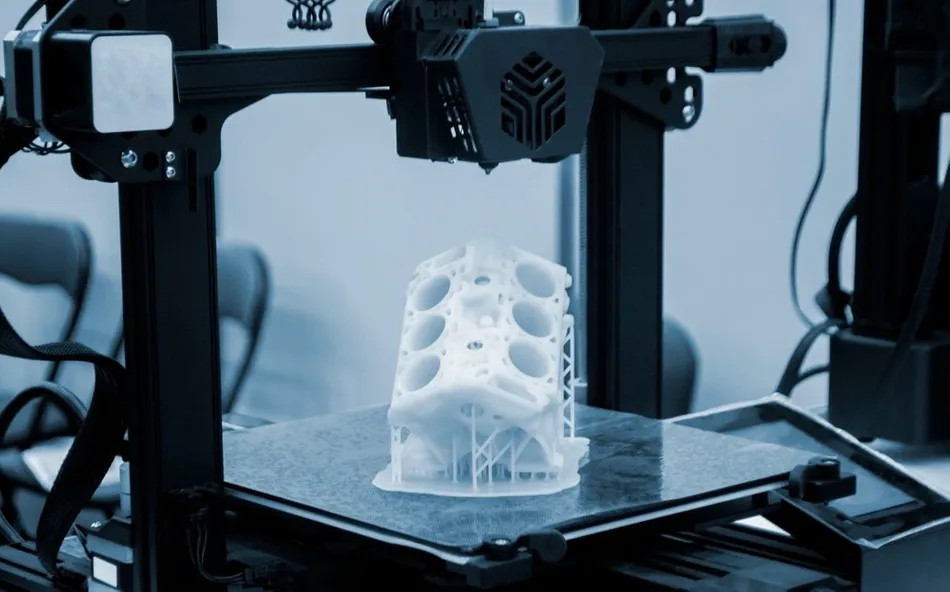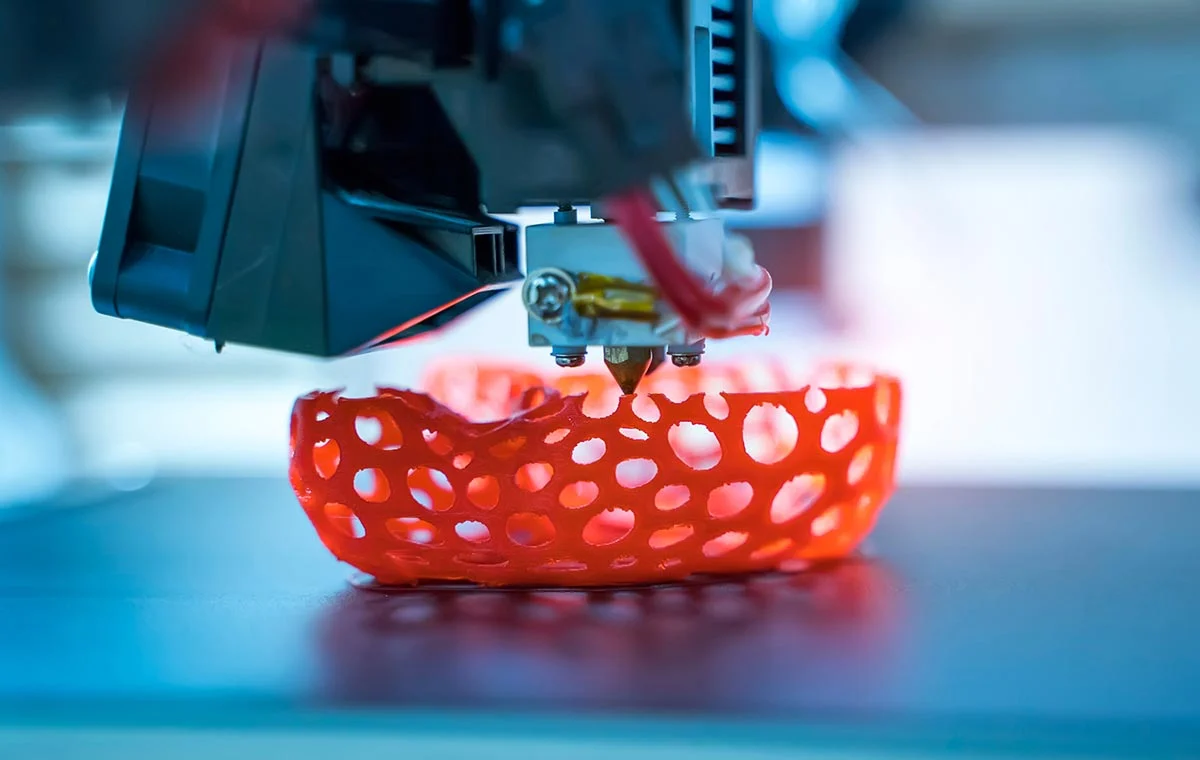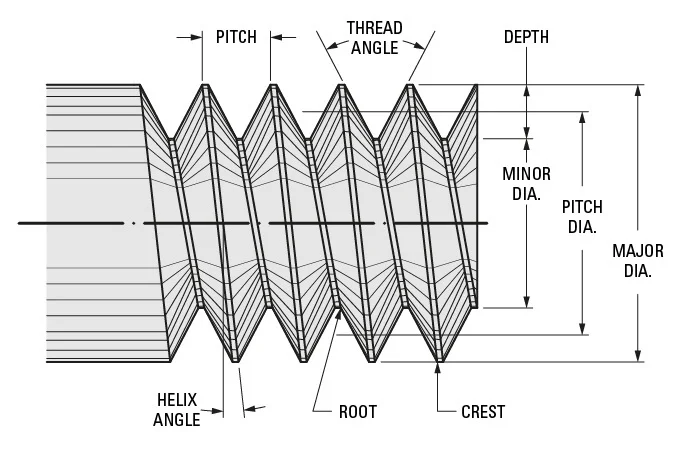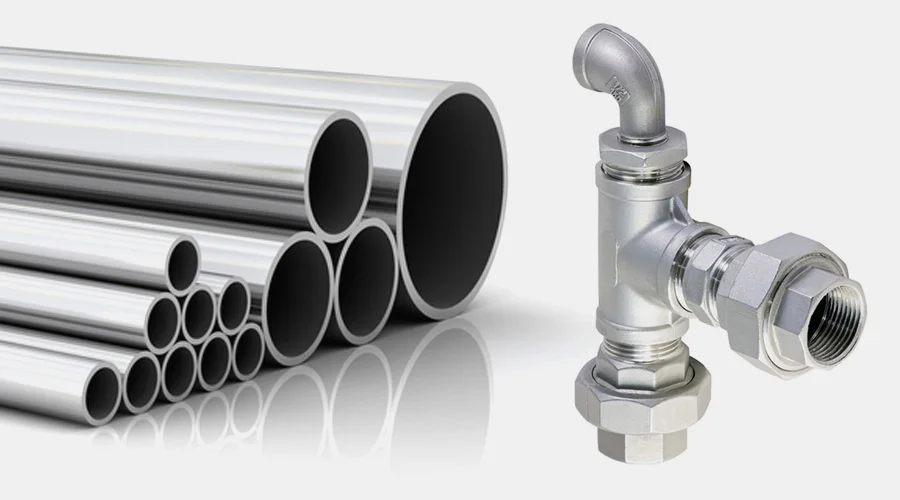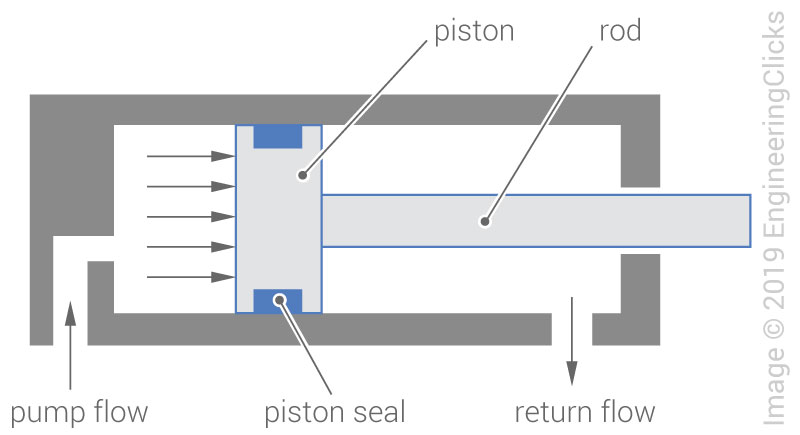
CNC Machining: Why It Outperforms Conventional Machining in Every Aspect
The digital revolution has redefined manufacturing, and CNC machining stands at the forefront of this transformation. Unlike conventional methods, which rely on manual precision, CNC (Computer Numerical Control) systems leverage programmed instructions to drive machinery, making it a superior choice for modern production. Here’s why it consistently outperforms traditional machining.
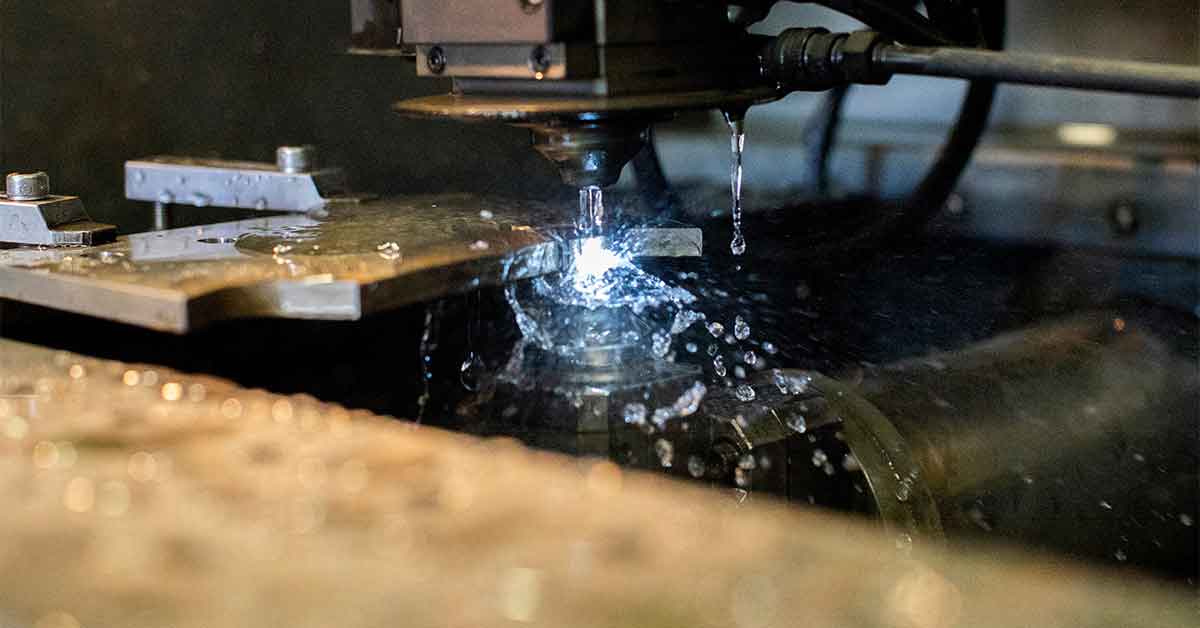
The Core Difference: Automation vs. Manual Control
CNC machining operates on a foundation of digital precision: A prewritten numerical program acts as the "blueprint," dictating every movement, cut, and tool change with exacting detail. Once programmed, the system runs autonomously, requiring minimal oversight.
Conventional machining, by contrast, depends entirely on human skill. Operators manually adjust levers, monitor measurements, and control tool paths in real time—tasks that demand constant focus and leave little room for distraction. This fundamental divide explains why CNC excels in efficiency, accuracy, and scalability.
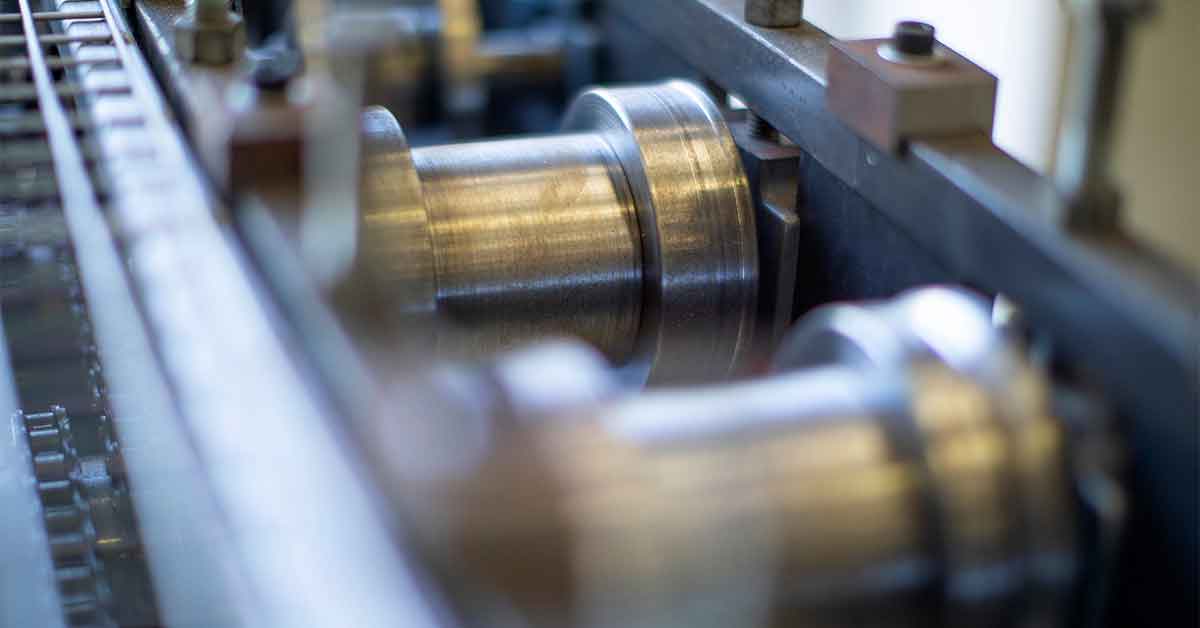
Why CNC Machining Takes the Lead
The advantages of CNC extend far beyond convenience; they directly impact cost, safety, and output quality.
Lower Operational Costs Through Workforce Optimization
CNC setups typically take around 30 minutes to program, after which machines run independently. This frees operators to manage multiple systems, program new jobs, or troubleshoot, doubling or tripling their productivity. Traditional machining, however, ties operators to a single machine for the entire process, limiting throughput and inflating labor costs.
Enhanced Safety for Workers
Conventional machining exposes operators to moving parts, flying debris, and cooling fluids—hazards that increase accident risk. CNC systems, by design, enclose the workspace behind protective barriers. Operators supervise through safety glass, minimizing direct contact with dangerous components. This not only reduces injuries but also lowers liability and insurance costs.
Unmatched Precision, Minimizing Waste
Human error is inevitable in manual operations: Even skilled operators may misalign tools or miscalculate measurements, leading to flawed parts. CNC avoids this with automated calibration tools, like coordinate-measuring probes, that set exact "zero points" for cuts. The result? Near-perfect consistency, with tolerances as tight as a few microns—something traditional methods struggle to replicate.
Fewer Trial Runs, Faster Setup
Traditional machining often requires test cuts to refine tool paths or adjust speeds, wasting materials and time. CNC systems eliminate this step: Operators can simulate the entire production process digitally, identifying errors or inefficiencies before any physical work begins. This "virtual prototyping" slashes setup time and reduces material waste.
Multitasking Capabilities Reduce Equipment Needs
A single CNC machine can perform drilling, milling, and lathing by switching tools via programmed commands, eliminating the need for separate equipment. Traditional shops, by contrast, require distinct machines for each task, increasing floor space usage, maintenance costs, and the time spent transferring parts between stations.
Higher Speeds Without Sacrificing Safety
Manual machining is limited to cutting speeds of 10,000 rpm or less—any faster risks uncontrollable vibrations or flying debris. CNC systems bypass this with enclosed workspaces and high-pressure coolant systems that stabilize tools and dissipate heat. They routinely operate at speeds exceeding 10,000 rpm, cutting production times in half while keeping work environments safe.
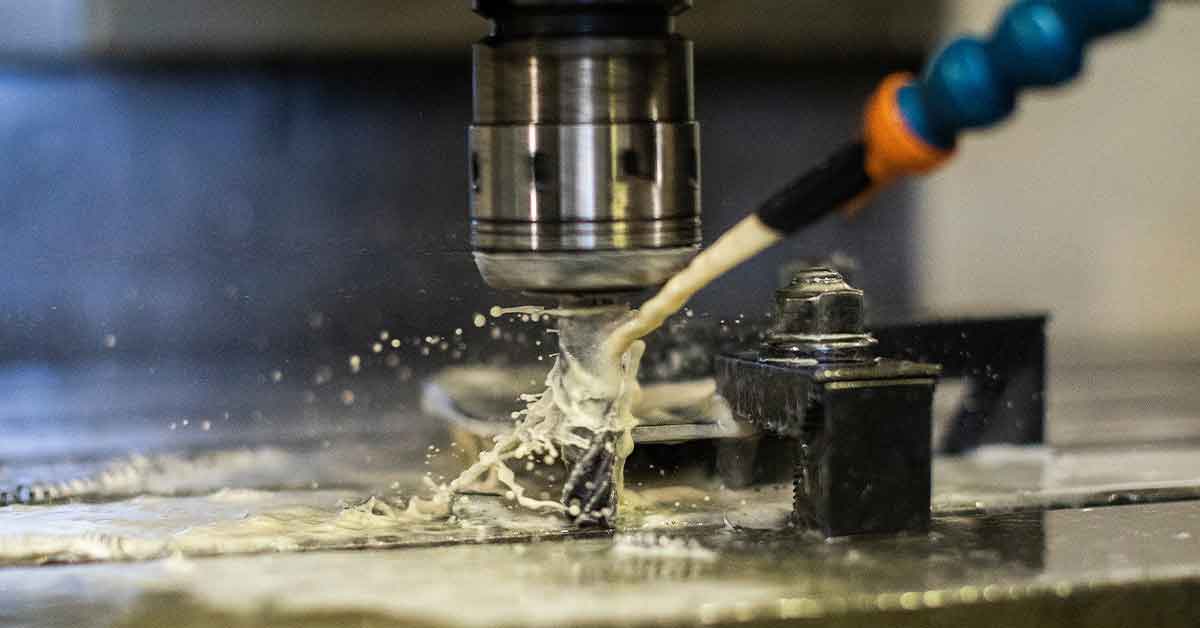
CNC: A Catalyst for Profit and Progress
CNC machining isn’t just a tool—it’s a strategic advantage. By reducing errors, it cuts waste and rework; by automating repetitive tasks, it lets teams focus on high-value work like programming or innovation; and by improving safety, it boosts employee retention and reduces downtime.
For manufacturers, adopting CNC isn’t just about keeping up with technology—it’s about staying competitive. It streamlines production, elevates product quality, and creates room for growth, making it an indispensable asset in today’s fast-paced manufacturing landscape.

